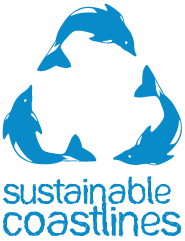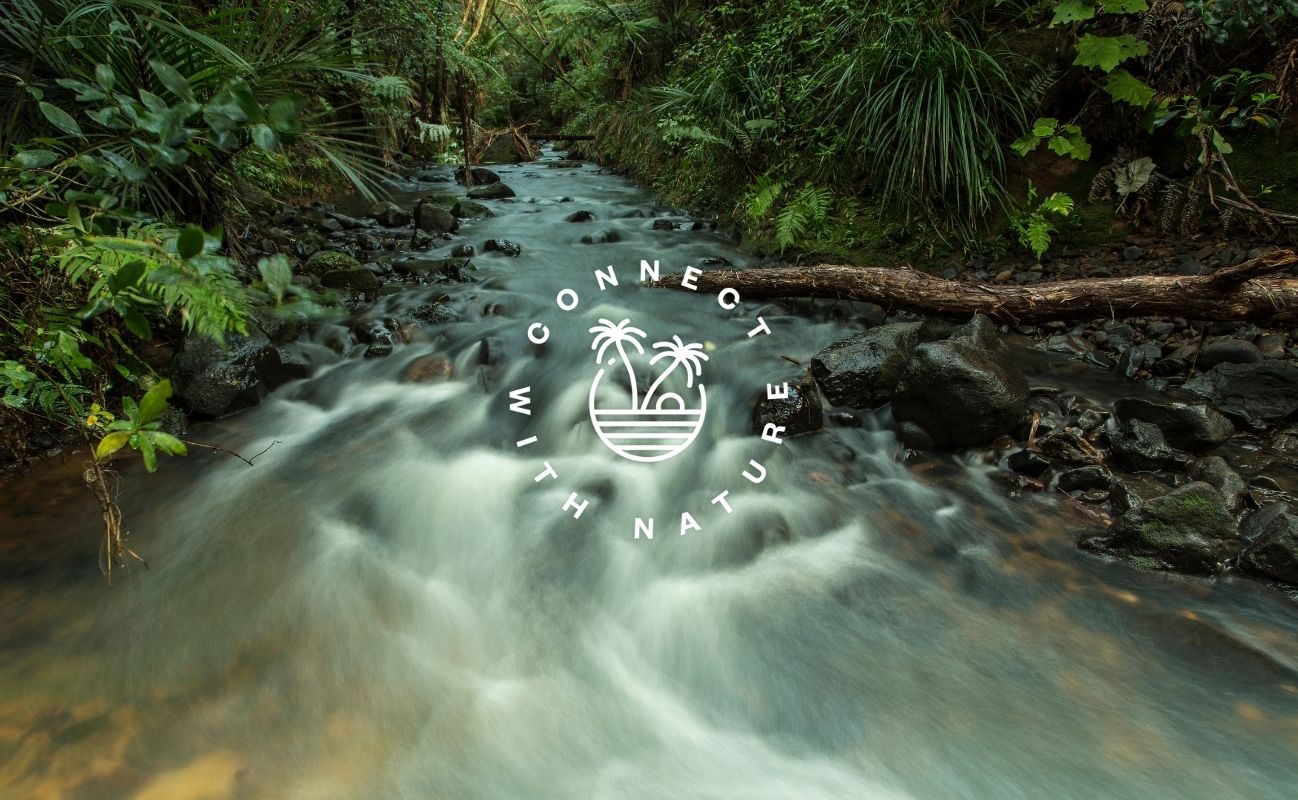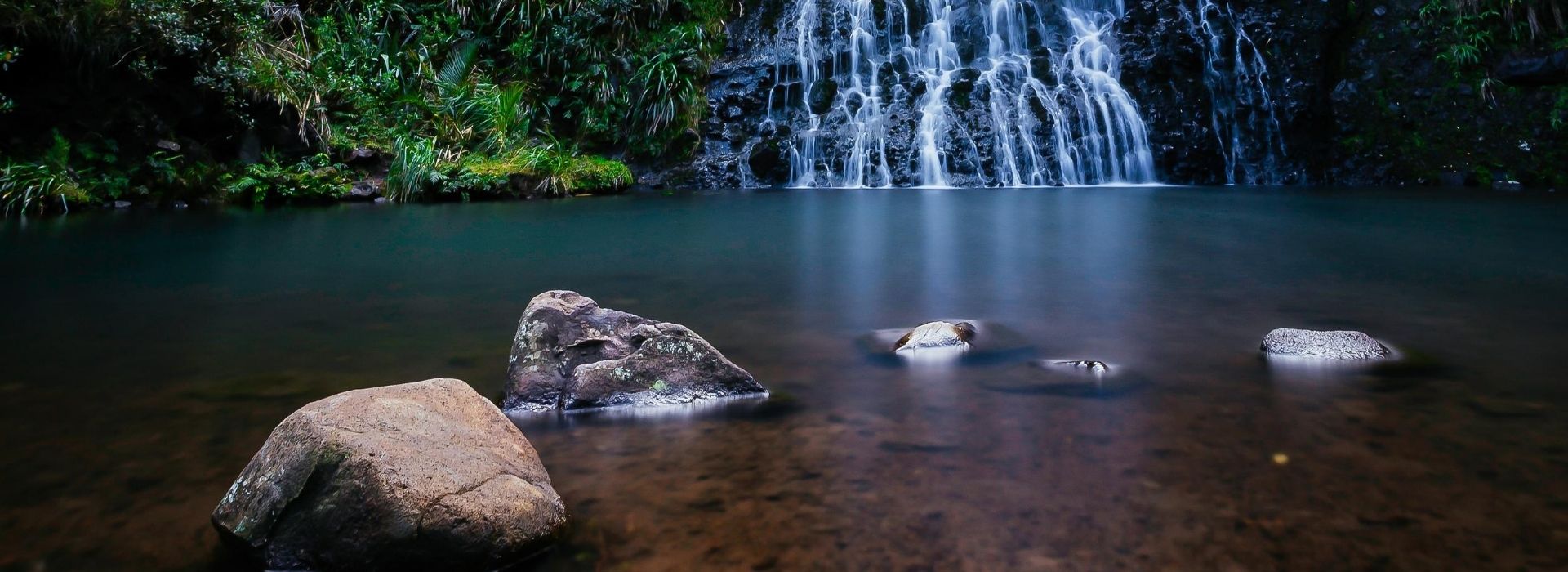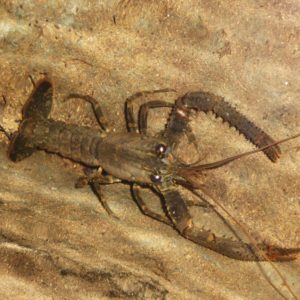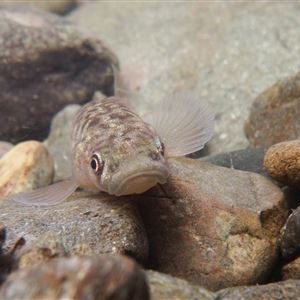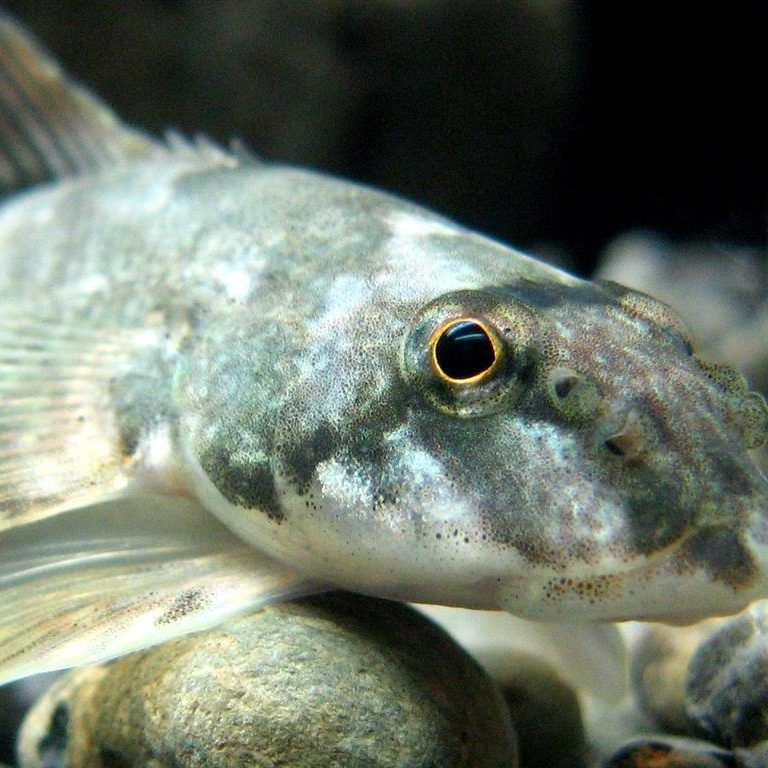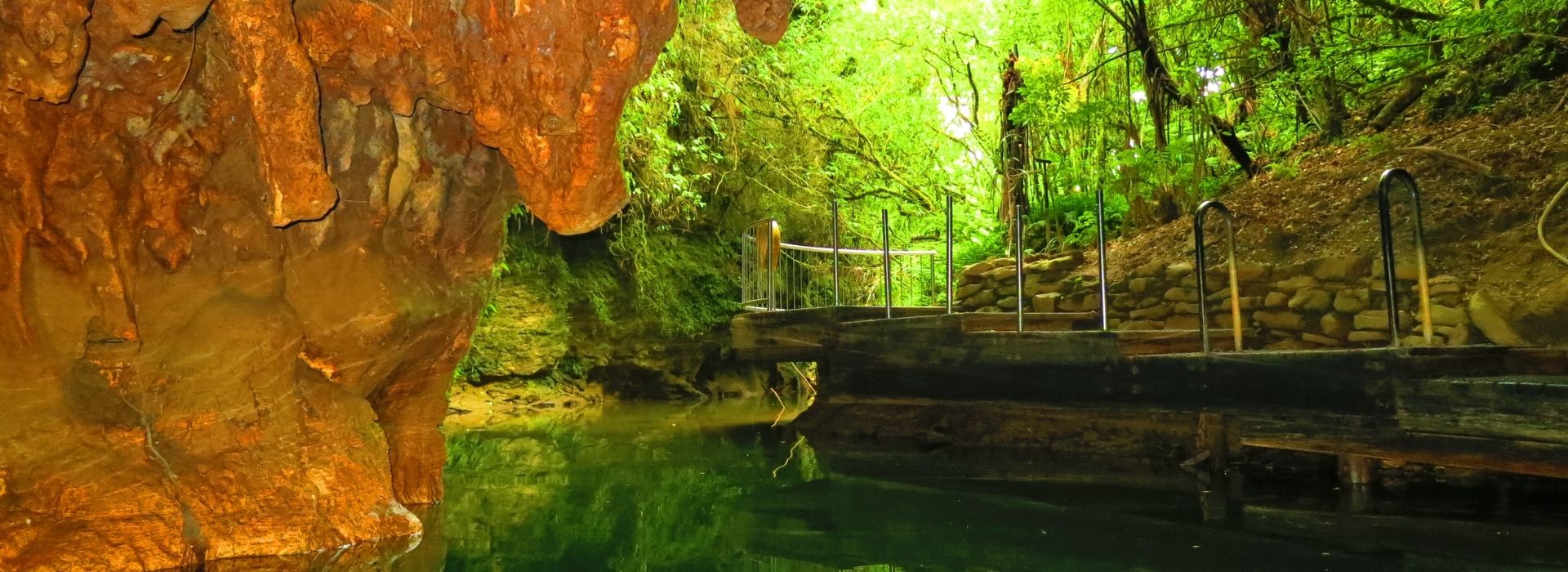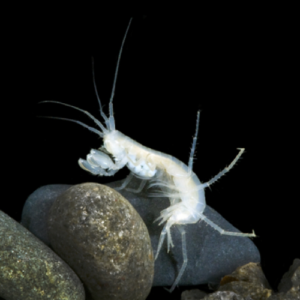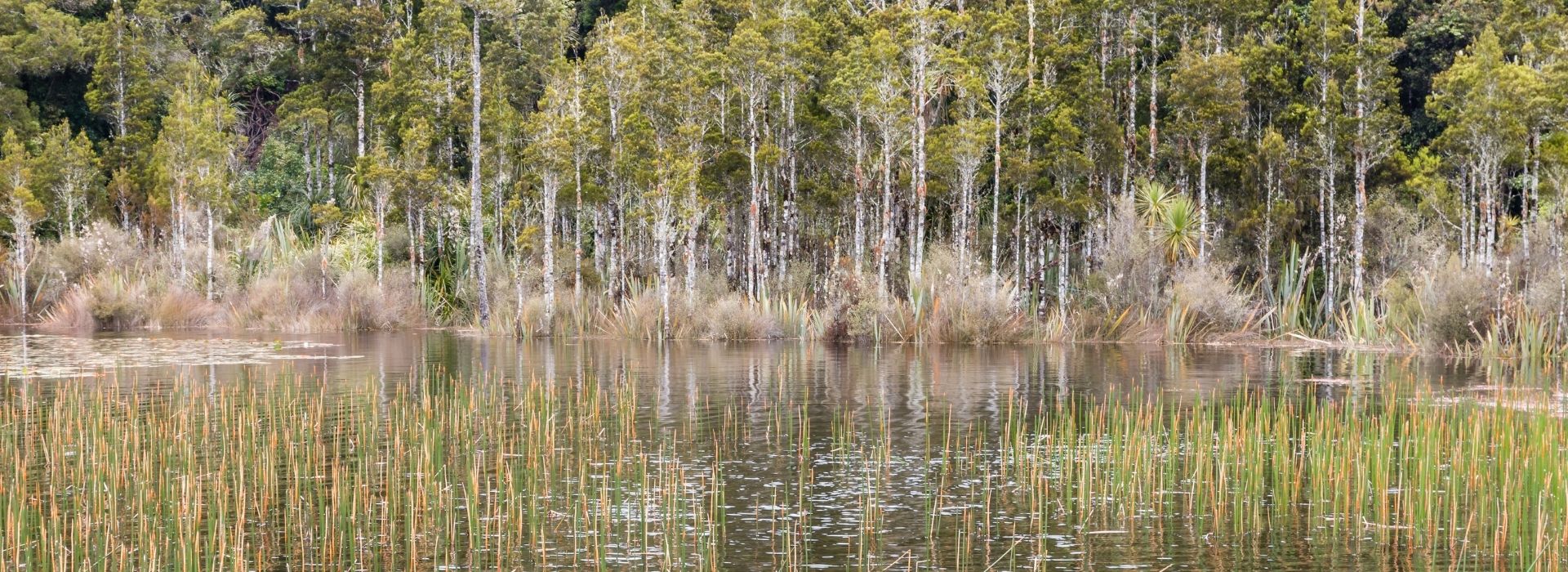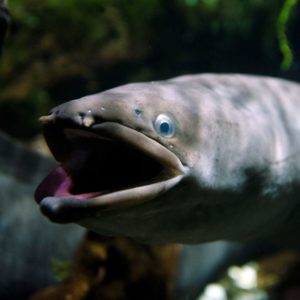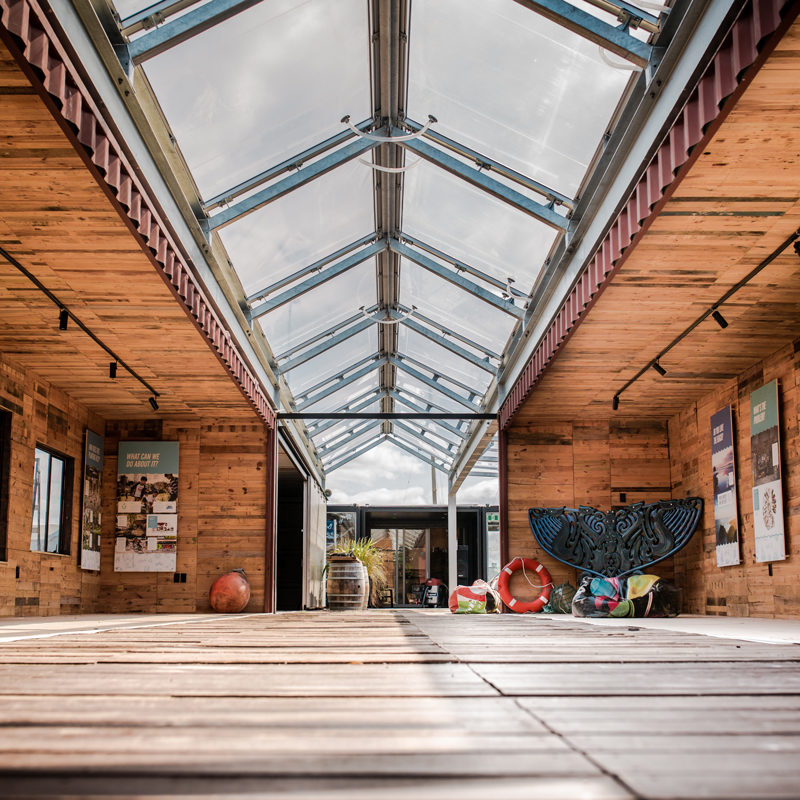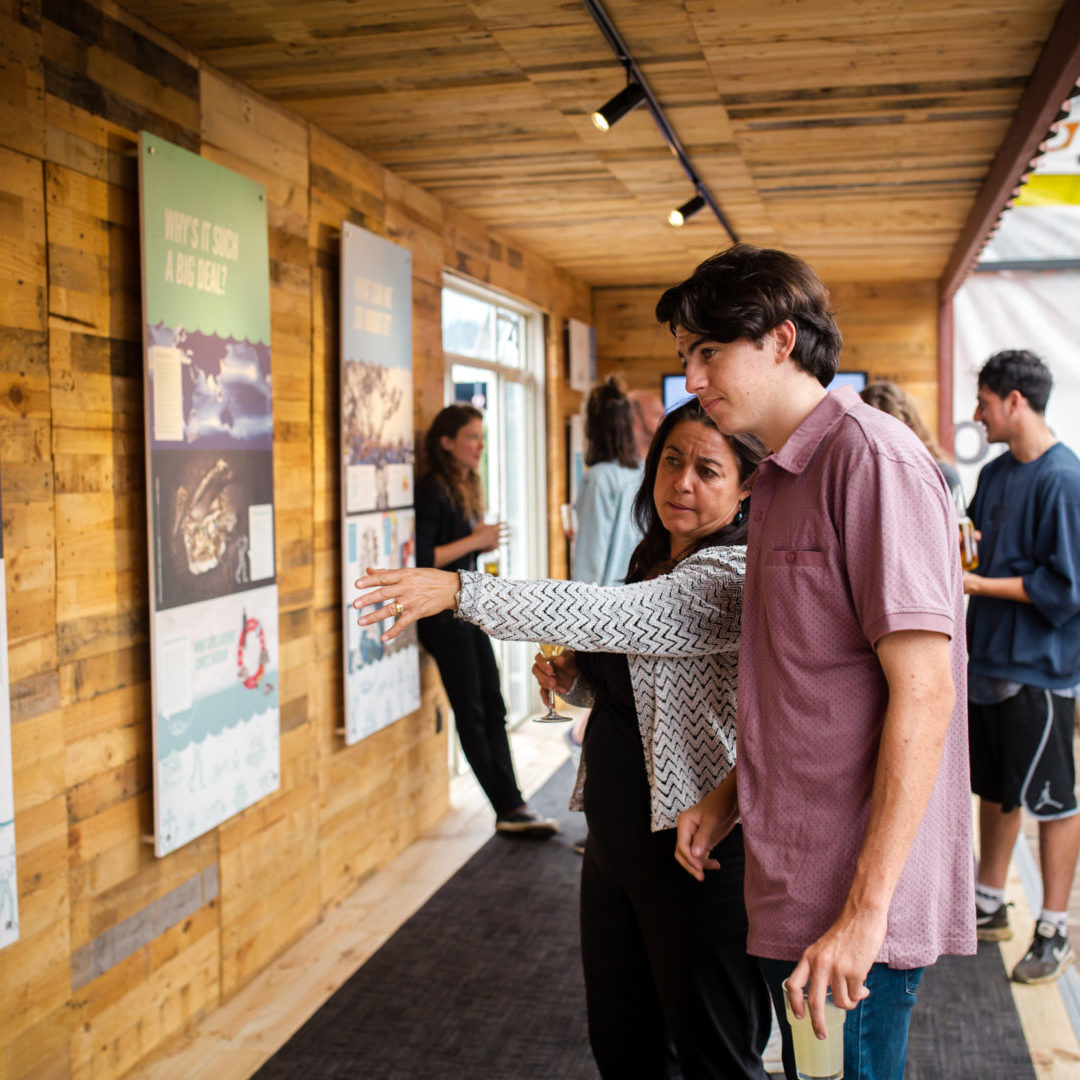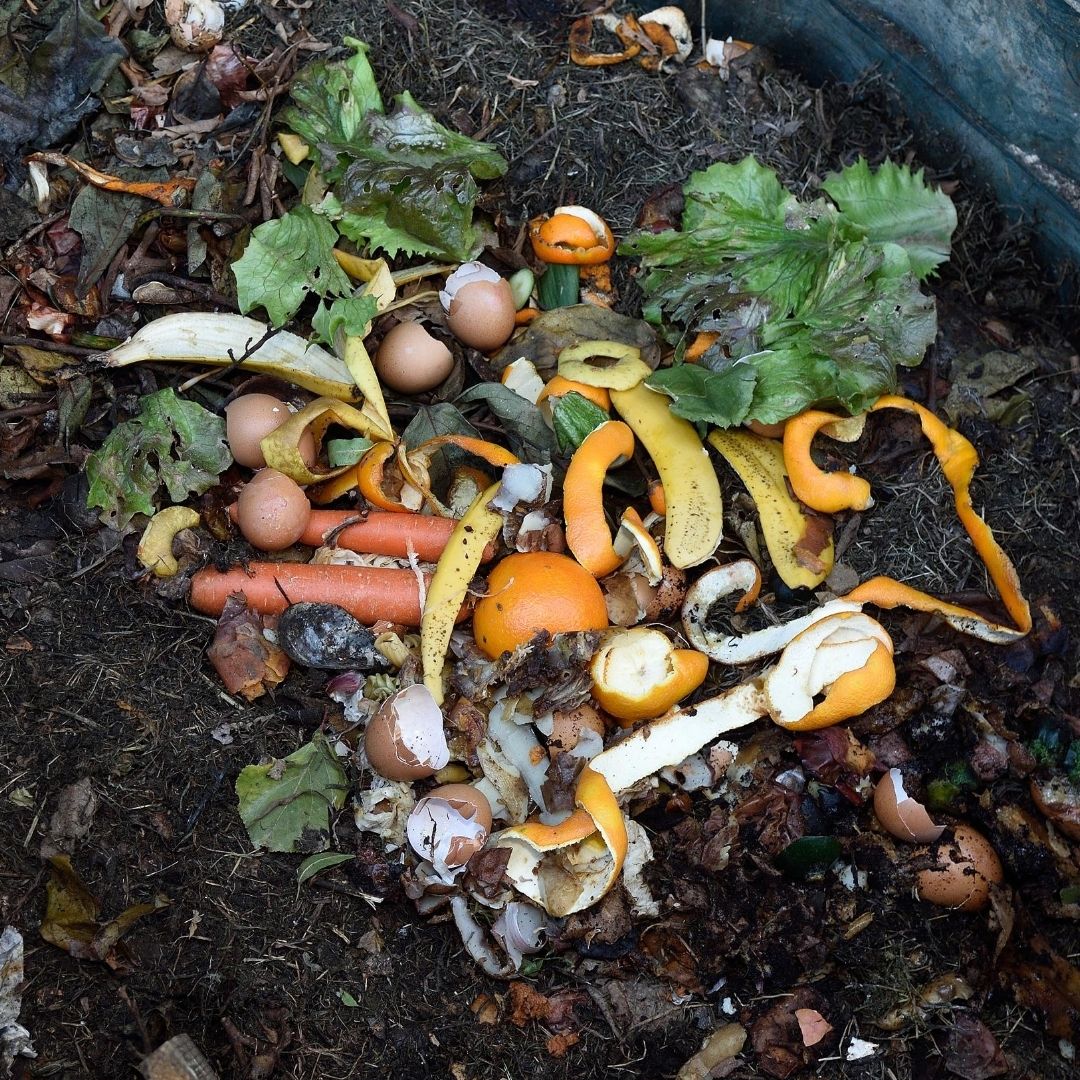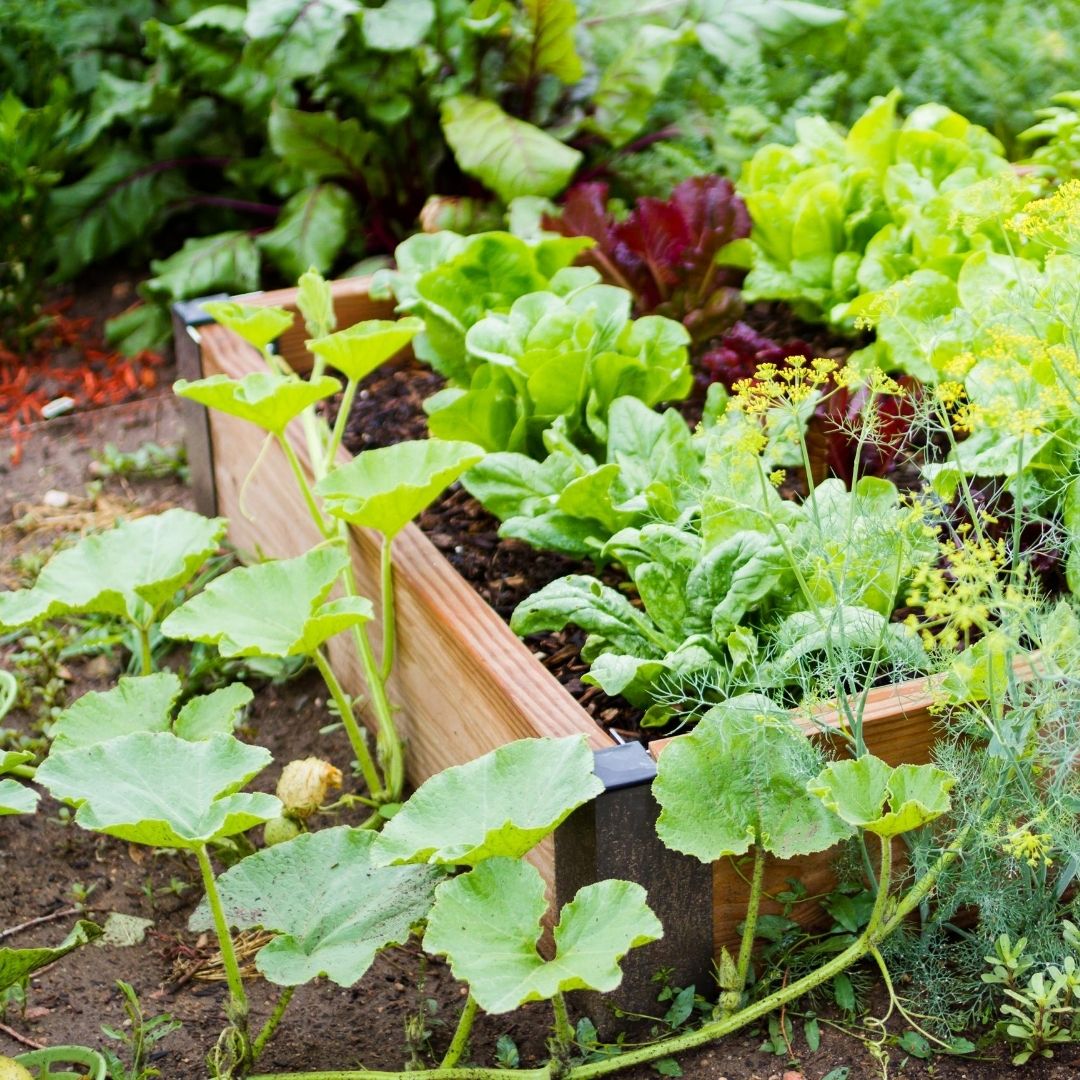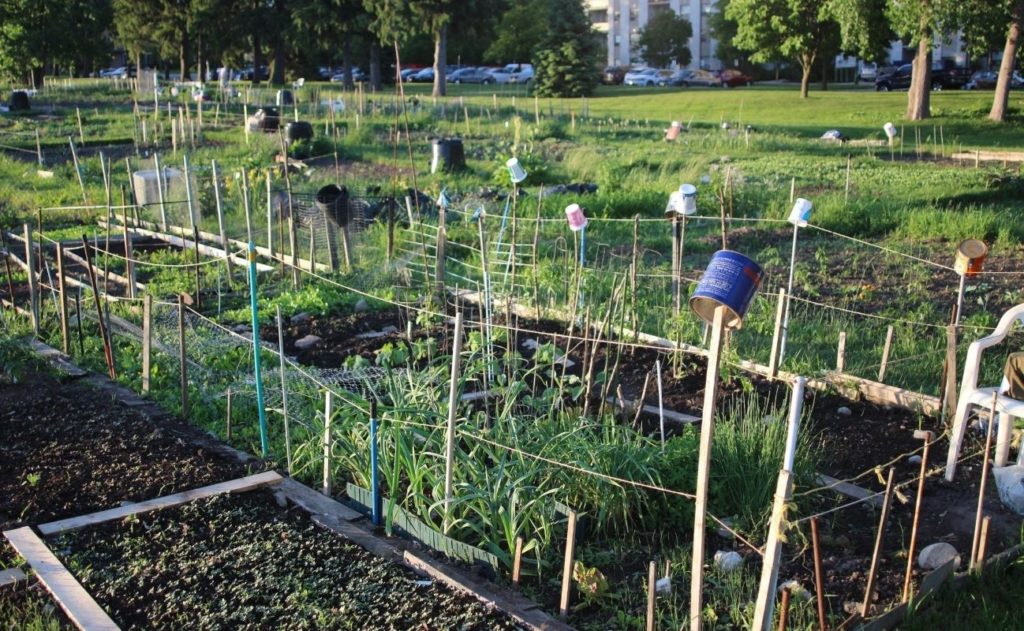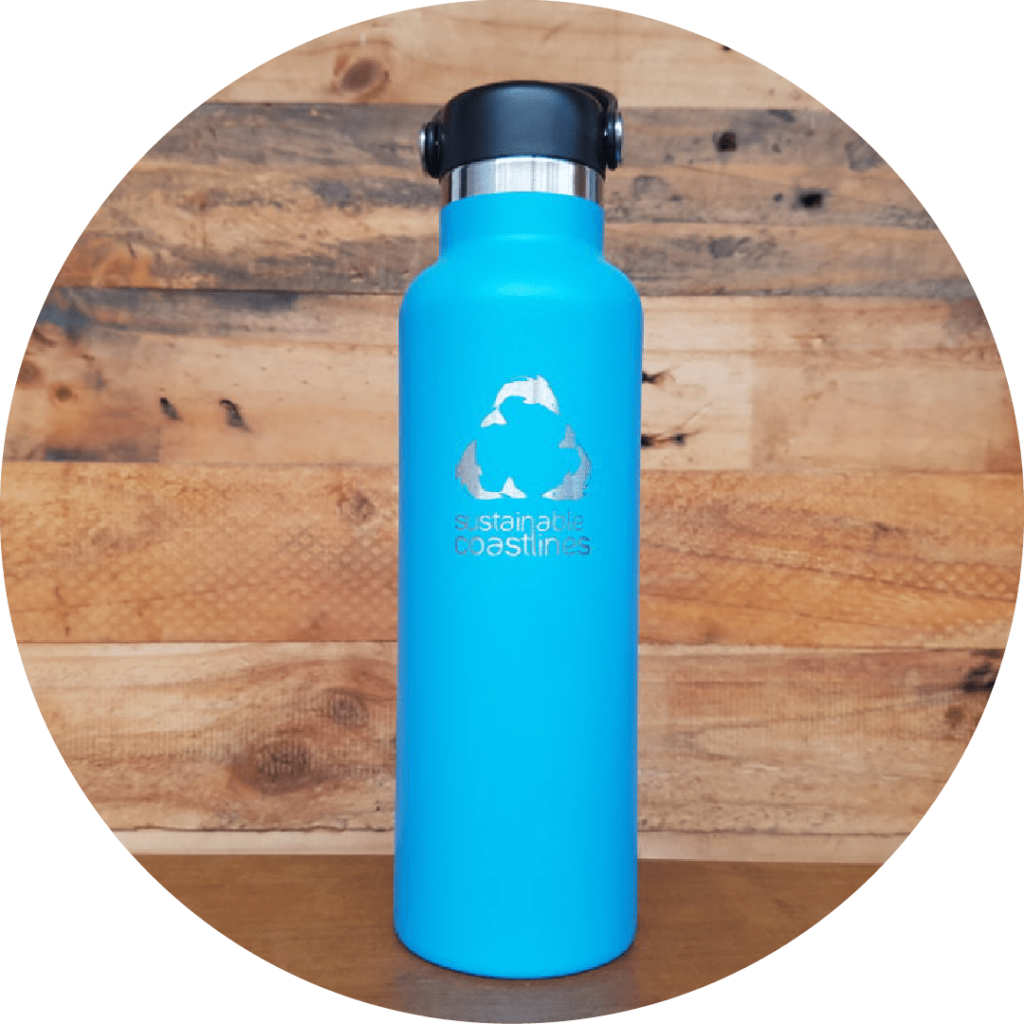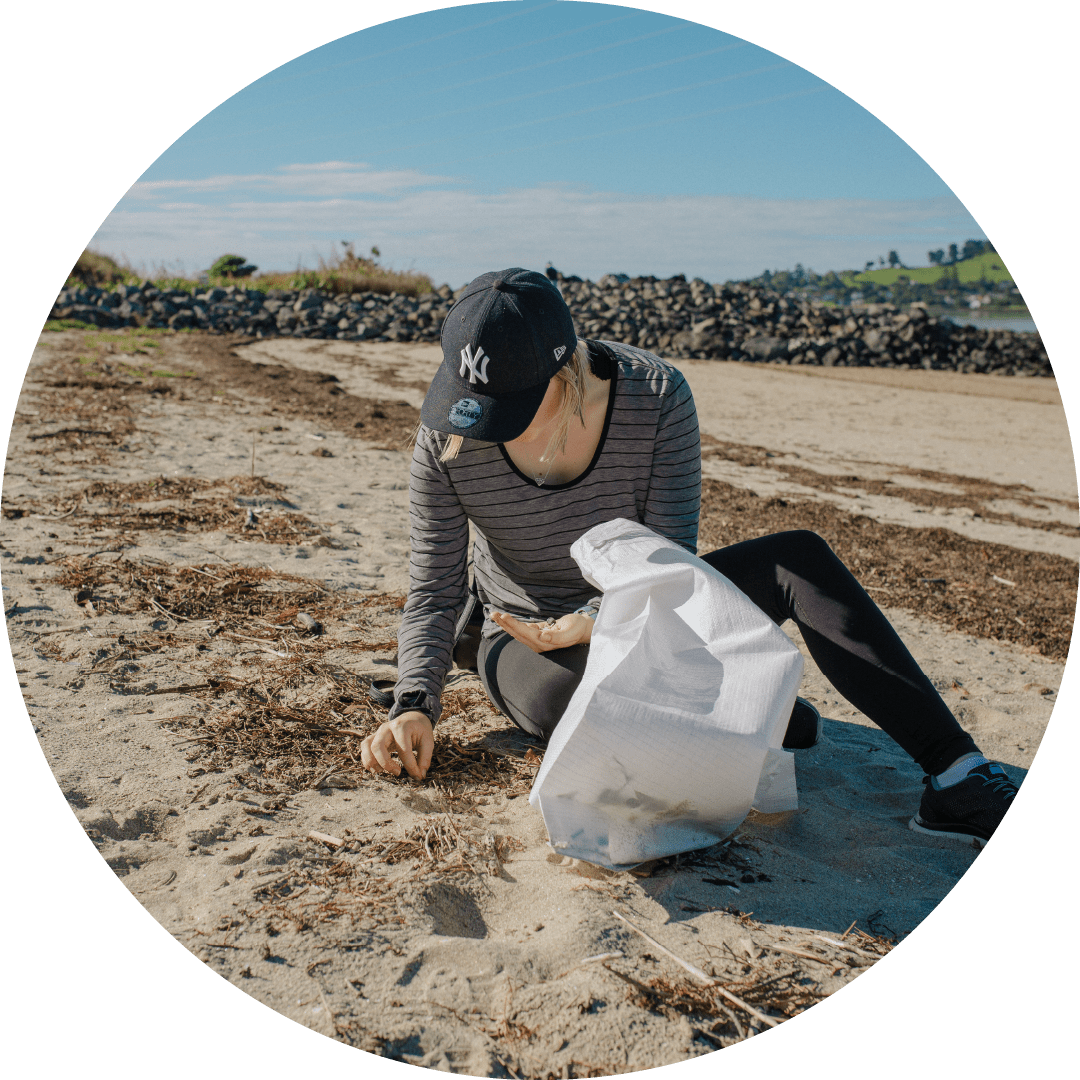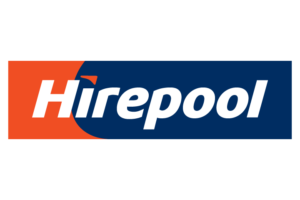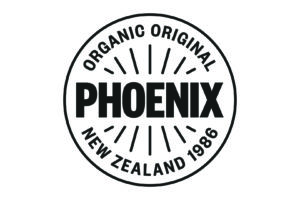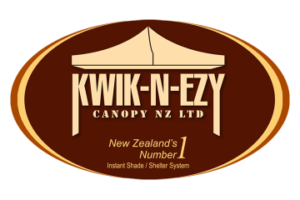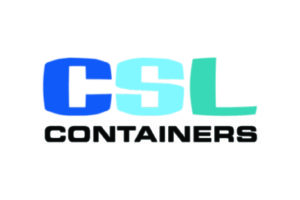This study aims to look at how environmental education programs, such as our Love Your Water program, can foster a connection to nature within their programme.
This research is being run in conjunction with Sara Stuart, a Masters student in Environmental Studies at Victoria University of Wellington. As part of her degree she is undertaking a research project leading to a thesis examining how New Zealand children perceive connection to nature and how this correlates with pro-environmental behaviour.
What is involved?
Children participants aged 8-12 who are involved in our ‘Love Your Water’ freshwater education program are invited to take part in this research. Surveys, designed to take approximately 10 minutes to complete, and randomly conducted interviews of approximately 5 minutes will form the basis of this research project.
As part of a class exercise, participants will be asked if they would like to participate in a survey. Teachers will administer the surveys in the classroom and collect them surveys upon completion. Examples of the survey questions are:
- Being outdoors makes me happy (Strongly Agree – Strongly Disagree)
- Even when the weather is bad I like to play outside (Strongly Agree – Strongly Disagree)
Interviews will be conducted during the tree planting event and 1-2 students in the class will be asked to participate. Students will first be asked if they would like to participate and if they agree then they will be asked to check “I agree to participate in this interview” on their own Consent Form. The interview will be voice recorded. Examples of the interview questions are:
- Do you want to show your family and friends the trees that you’re planting?
- How do you feel about planting trees?
For more information on this study please download the ‘Parent’s Information Sheet’ through the link on the right.
The documentation below is supplied to schools alongside this study. Please download and read for a full understanding of the research being undertaken.
For parents
Survey + Field Trip Consent Form: For parents to find out more about Sustainable Coastlines’ ‘Love Your Water’ surveys and tree planting activities and consent to their children participating. Download here
Masters Study Consent Form: Requests consent from the participant’s parent or legal guardian for their child to participate in the Victoria University of Wellington research about Connection to Nature; conducted by Sara Stuart. Download here
Masters Study Information Sheet: Information for the participant’s parent(s) about the study, what is involved, what happens with the information that participants provide and contact details for questions or comments. Download here
For participants (school students)
Participant’s Consent Form: Provided to the 2-3 children who will be asked to participate in a short interview on the day of the tree planting event. Download here
Participant’s Information Sheet: Same as the Masters Study Information Sheet, but in child-appropriate language. Download here
Surveys: The written ‘Baseline’ survey that participants complete prior to our visit to their school classroom. Download here
Interview Questions: A summary of the questions that will be asked of the participants (2-3 total) during the tree planting activity. Download here
For schools
School Principal Consent Form: Requests permission from the school principal for their school to participate in the study. Download here
School Teacher(s) Consent Form: Requests permissions from the school teacher(s) to allow Sara Stuart to participate in their class events as a researcher. Download here
Presentation example: Click here to see the Love Your Water presentation delivered to participants as part of this study.
This research project has received approval from the Victoria University Human Ethics Committee. For more detail on this please refer to the Victoria University Ethics Policy by clicking here.
A summary of the primary ethical considerations for this study are listed below:
- The information that participants provide will be treated confidentially and no names will be recorded. Reference will be made to the location of the research, i.e., the name of the school, and the name and location of the stream or river in which the tree planting took place.
- Participants will not be individually identified in the research project or in any other presentation or publication. Participants’ names will not be recorded on the survey or during the interview; therefore it will not be possible to review the individual responses to the questions upon completion. However, upon request a summary of the class findings can be provided following the conclusions of the research project.
- All material collected will be kept confidential. No other person besides the researcher Sara Stuart, her supervisor (Wokje Abrahamse) and Sustainable Coastlines’ program managers will see the primary material collected.
- All survey and interview material will be kept safe, locked in a filing drawer and all interview material will be destroyed within one year following the submission of the thesis.
If you have any ethical concerns about the research please contact Associate Professor Susan Corbett ([email protected]), ph: 04 463 5676, Convener of the Victoria University Human Ethics Committee.
